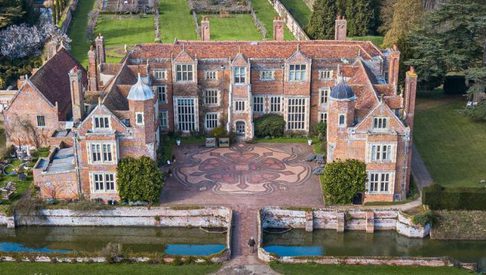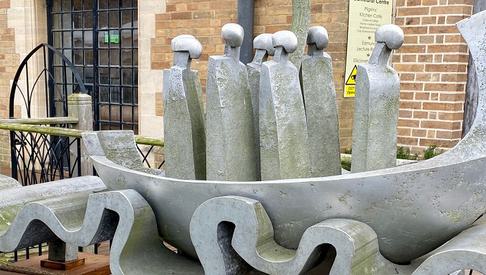
Back to Blogs
Discover
Explore Historic Churches
Housing centuries of history, explore the churches in Bury St Edmunds and Beyond and discover Suffolk's fascinating past...
St Mary's Church, Bury St Edmunds
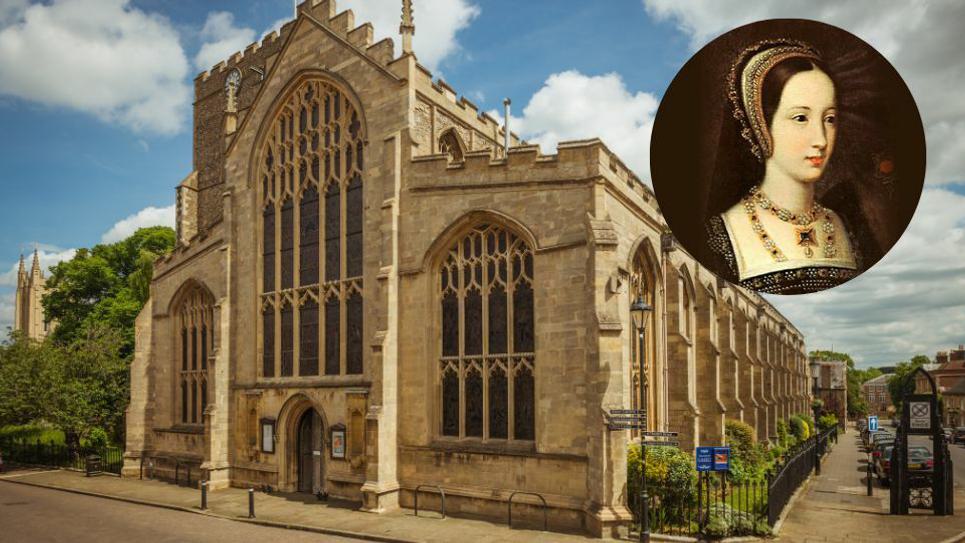
Part of Bury St Edmunds Abbey, St Mary's Church is one of the largest parish churches in England, claiming to have the second longest aisle, and the largest West Window of any parish church in the country. It is renowned for its magnificent hammer-beam Angel roof and its wealth of 15th century woodcarvings and outstanding examples of stained glass.
It was originally was one of three large churches in the town (the others being St James, now St Edmundsbury Cathedral, and St Margaret's which no longer exists). The first building to stand on the site was built in the 12th century, in the 14th and 16th centuries there was a major renovation with the nave, tower and ailes being built. It was during this time that Mary Tudor Queen of France and sister of Henry VIII died, and so was buried in the church. Her tomb is located in the sanctuary next to the north of the Lord's table.
In the 16th century, two wealthy local benefactors, died and left large amounts of money to the church which were used to build the north and south ailes, two chantry chapels and a north and south porch (later removed) with St Wolstan's Chapel being added in the 1830s.
The church is open Monday to Saturday from 10am to 4pm (3pm in the winter). Admission is free.
St Peter & St Paul, Clare
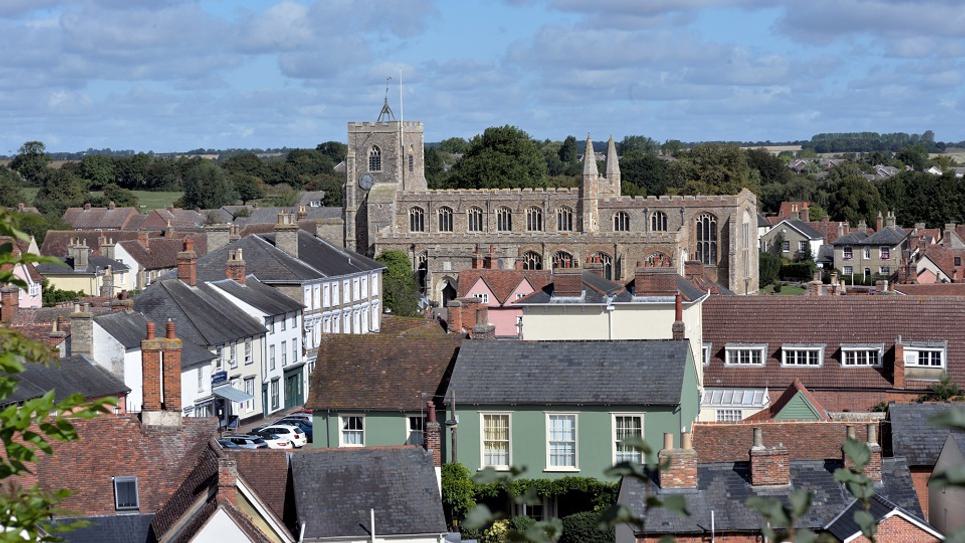
Ranked as one of England's Thousand Best churches, St Peter and St Paul in Clare is a stunning example of medieval Gothic architecture.
The church is large, and was built sometime after the Norman conquest, but the nave and chancel are later, 15th century, rebuildings. The nave arcading is 13th century, as is the west tower. The beautifully carved south porch dates to about 1380, as does the chapel.
Bits of a 15th-century rood screen remain, but only remnants of original stained glass remain; the rest was destroyed in 1643.
The church is open for visitors every day and there is a well-stocked shop and bookstall.
Icklingham All Saints
The church in Icklingham dates back to Norman times was mostly 14th century, along with many other churches in the region. It has not been used as a parish church for over 100 years, and so it remains one of the best examples of a relatively untouched Suffolk church, showcasing local craftsmanship in local materials.
All Saints is no longer used as a place of worship but occasionally holds events and is open daily for visitors to explore from 10am to 4pm.
St Peters and St Paul's Church, Lavenham
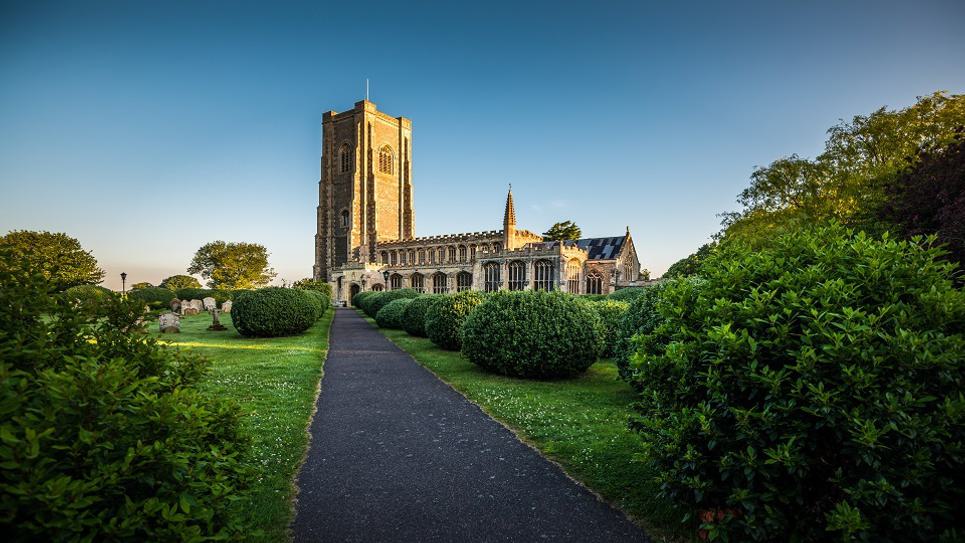
St Peter and St Paul's Church is a Grade I listed parish church in the wool town of Lavenham. Regarded as the finest example of Late Perpendicular Gothic architecture in England, it has (in some form) existed on the current site since Anglo-Saxon times.
The original church, would most likely have been made of wood, was rebuilt in stone in the 14th century. The chancel is the oldest part of the current church, having been constructed in c. 1340 and decorated with money from wealthy citizens.
In the decades following the Black Death the town of Lavenham grew rich as a result of the booming wool trade. The 14th-century church was added to and modified several times in order to convey the new wealth of its religious community. The eastern vestry, built in 1440, is the only other remaining part of the previous church building. The Earl of Oxford suggested rebuilding the church in 1485 to celebrate the new King, Henry VIII, with reconstruction being completed around 1525.
The reconstruction of the church took place mainly between 1485 and 1525, the cost of the work was paid for by the local merchant families, who had become amongst the wealthiest in England. The same families continued to pay for the upkeep of the building, in some cases for centuries after its completion.
The Church is open daily from 8.30am to 6.00pm but visiting may be restricted during church services and other events.
St Mary, Mildenhall
One of England's finest churches, St Mary is an imposing building with a tower soaring 40-metres over the Breckland town of Mildenhall.
A church has stood here for almost 1,000 years but the church you see today dates back to the early 13th century. The church was re-built in the 15th century thanks to the lucrative wool-trade in the area, with Barnack stone used for the lofty arcades brought by barge across the Fens from Peterborough.
St Mary contains the altar tomb of Henry Barton, Lord Mayor of London from 1416 and 1428 (although he is actually buried in St Paul’s Cathedral) and the font bears his coat of arms. (The legendary Dick Whittington being Lord Mayor before!).
The church is open daily from 9am to 5pm in summer and 9am to 3.30pm in winter.
Holy Trinity Church, Long Melford
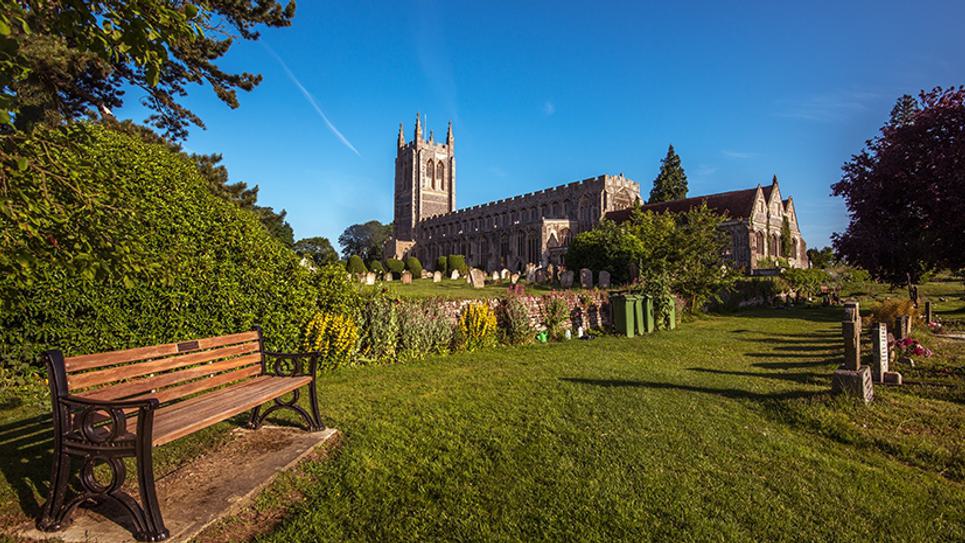
The Grade I listed parish church in Long Melford is one of 310 medieval English churches dedicated to the Holy Trinity. It was constructed between 1467 and 1497 in the late Perpendicular Gothic style; The church structure is highly regarded by many observers. Its cathedral-like proportions and distinctive style, along with its many original features that survived the religious upheavals of the 16th and 17th centuries, have attracted critical acclaim.
Journalist and author Sir Simon Jenkins, Chairman of the National Trust, included the church in his 1999 book “England’s Thousand Best Churches”. He awarded it a maximum of 5 stars, one of only 18 to be so rated. The Holy Trinity Church was also featured in many episodes of Michael Wood's BBC television history series Great British Story, filmed during 2011.
St John the Evangelist, Bury St Edmunds
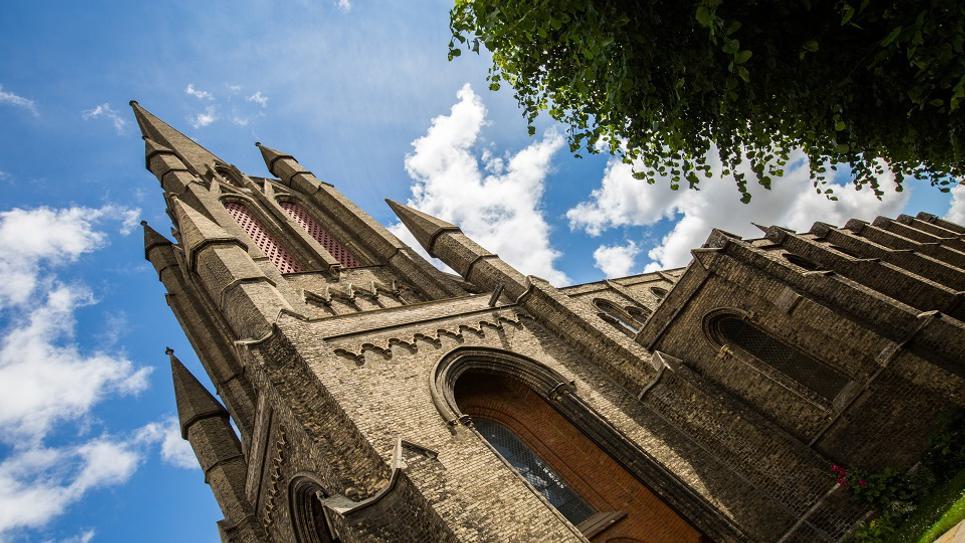
An iconic Victorian Gothic Church, St John the Evangelist in Bury St Edmunds has a 170 ft spire and was dedicated in 1841. Built of white bricks produced at nearby Woolpit, it was the first major building to go up as Bury St Edmunds spread northwards. It met the needs of a town that was expanding with the building of the gasworks in 1834 and the construction of the railway which linked the town to Ipswich in 1846 and Cambridge in 1854.
Endowed by the Marquis of Bristol, the church was built by William Ranger of Brighton who invented an artificial stone known as ‘Ranger’s Artificial Stone’. The magnificent tower was struck by lightning in 1871 and rebuilt a year later. At the corners of each stage are turrets with conical spires.
The church is beautifully maintained and presented – a calming space in a busy world where visitors can have time to think, or to wander and reflect on the devotional images, including a dramatic set of Stations of the Cross by the distinguished British artist Iain McKillop.
The church is open daily from 9am to 5pm.
To explore more churches in Suffolk visit The Suffolk Churches website - compiled by Simon Knott - it is an independent fan site about the churches in Suffolk.
Related Posts
Related Blogs

News
Bury Tour Guides to launch…
Bury St Edmunds Tour Guides to Introduce new tours in…

News
Town’s Museum Forms New…
Moyse’s Hall Museum will be forging links with a…

News
St Edmundsbury Cathedral…
St Edmundsbury Cathedral in Bury St Edmunds is…
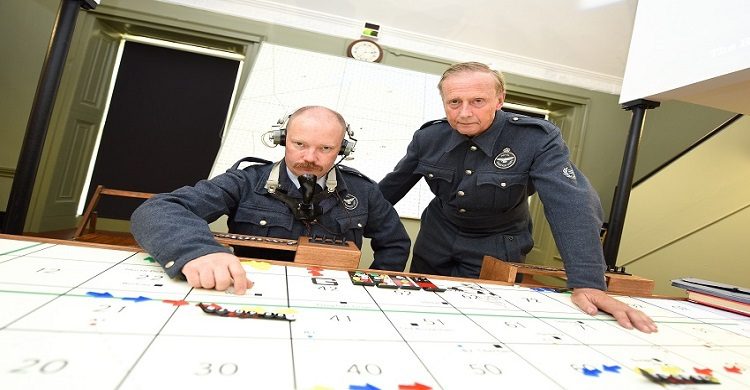
News
Bury St Edmunds & Beyond…
Step inside many of Bury St Edmunds historic buildings…

News
Bury's Best Pubs with a Past
some notable, historic and somewhat quirky pubs and…
Latest news

News
How to Spend Betwixtmas in Bury St Edmunds & Beyond
The post Christmas period is the perfect time to get out and about before the new year kicks in, and you’ll find plenty of activities and places to visit in Bury St Edmunds and beyond.

News
Parents Guide to Pre Christmas Entertainment
It's the school holidays and with Christmas just around the corner we've put toegther a guide on places to take the kids to keep them entertained until Santa visits!

News
Enjoy a Festive Afternoon Tea in 2025
Celebrate the Christmas season with a festive afternoon tea in Bury St Edmunds & Beyond...

News
Festive Winter Walks
Get outside and enjoy the fresh crisp winter air with one of these walks in Bury St Edmunds and Beyond!

News
Bury Tour Guides to launch new tours next year after successful 2025
Bury St Edmunds Tour Guides to Introduce new tours in 2026 and continue the successful Food and Drink Tours!

News
New in Bury St Edmunds For 2026
A sneak peak into new attractions visitors can enjoy in Bury St Edmunds in 2026.

News
Baby It's Cold Outside... Things To Do When the Weather Turns Frosty
Just because the temperature’s dropped doesn’t mean the fun has to! If you’re visiting town during the chillier months, there’s still plenty to see, do, and experience.

News
Places to sit by a roaring fire in Bury St Edmunds & Beyond
Warm up by a roaring fire this winter in Bury St Edmunds & Beyond...

News
Christmas Park and Walk 2025
Additional parking has been provided by West Suffolk Council in partnership with Greene King this Christmas.

